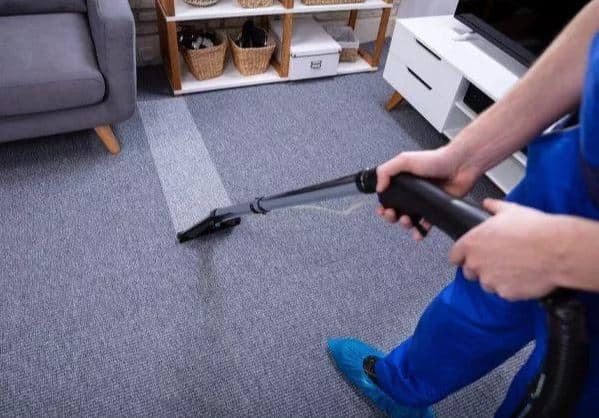There are various things to consider when it comes to servicing your HVAC system. Elements like the filter, blower motor, and thermostat must be checked regularly to ensure everything is in working order. But what about your ductwork? This has long been a contentious issue in the industry. As a result, we’ll go through the fundamentals of HVAC duct cleaning below.
Many organisations will tell you that ductwork cleaning is necessary for system maintenance since dust can gather. Even if dirt does collect in your air conditioner, it will not have a negative impact. Then you may wonder, what is the point of performing HVAC duct cleaning?
Experts guarantee that ductwork cleaning will not improve your health or reduce respiratory symptoms. Instead, disrupting this component of your air conditioner might inject allergens and particles into the airflow. This could be even more deadly if your home has mould. Worse, you may end up causing damage to your entire system.

When to perform HVAC duct cleaning
Duct systems occur in a variety of configurations; some are positioned in the attic, while others are underground. As a result, the first rule of ductwork cleaning is only to clean what you can reach. If you require a complete solution, you must contact residential carpet cleaning Melbourne professionals.
Even though your ducts do not need to be cleaned on a regular basis, there are times when you should if there is mould growing in your system, if you have rodents or insects in your home, and if your ducts are dusty.
This is typically the case if you observe visible mildew or hear noises coming from your vents. However, before reaching any judgments, inspect the entire unit.
DIY Ductwork Cleaning
The first step in performing a DIY ductwork cleaning is collecting all necessary equipment. You cannot take corners here because the tools keep you safe during the operation. They will show you how to locate your vents after you have everything. Let’s go over the list of things you need to get.
Tools for DIY ductwork cleaning
You may already have some of the ducted air conditioning cleaning Melbourne tools on this list, so you won’t have to invest much money.
- Filter
As there are several types of HVAC systems, there are also various filters to address specific difficulties. The expert who install your filter will usually inform you how to change it and which one you need to buy. Keep in mind that some filters can be washed.
- Cloth and towels
It is preferable to use a microfiber cloth for HVAC duct cleaning. Also, if you need to clean up after yourself, some paper towels will come in helpful.
- Protection
This safety equipment is required to ensure your safety when cleaning the ducts. Get some heavy-duty gloves, goggles, and a dust mask. Always remember to apply these elements.
- Vacuum
A standard vacuum will not be powerful enough to clean your ducts. That implies you’ll need to rent one with a long hose.
- Power Drill
It will be used to remove the screws from the vents and allow access to your ductwork.
Identify the Vents
There are two kinds of vents in a house. The returning vent is responsible for bringing airflow to the HVAC system. The filtered warm or cool air then enters your home via supply vents.
A tissue test is required to identify them. All you have to do is place a tissue close to the vent. If it sticks, it is a returning vent or a supply vent. The following is a step-by-step method for Mattress Cleaning Brisbane.
Step-by-step Guide for Ductwork Cleaning
- Using your power drill, remove all of the air duct covers. Cover your supply vents with paper towels. This prevents dust and trash from blowing into your home while you clean. Place the paper towel between the vent cover and the wall to do this. Don’t worry; you won’t have to replace the screws.
- To move the dust within the vents, go to your thermostat and set it to “fan on.” Remember to turn off the heat and cooling options.
- You must remove any dust that has built-in your ductwork. Start tapping on the spots where you can get to the ducting.
- It is now time to wipe out your supply registers. Take your vacuum and, using the hose, collect all the dust the fan is expelling. Then, using the microfiber cloth, clean the interior of the ducts. This step will have to be repeated multiple times.
- Clean the return registers using the same procedure as described before.
- To remove the dust from the blower compartment, turn off the entire system.
- Replace the HVAC filter and restart the furnace.









